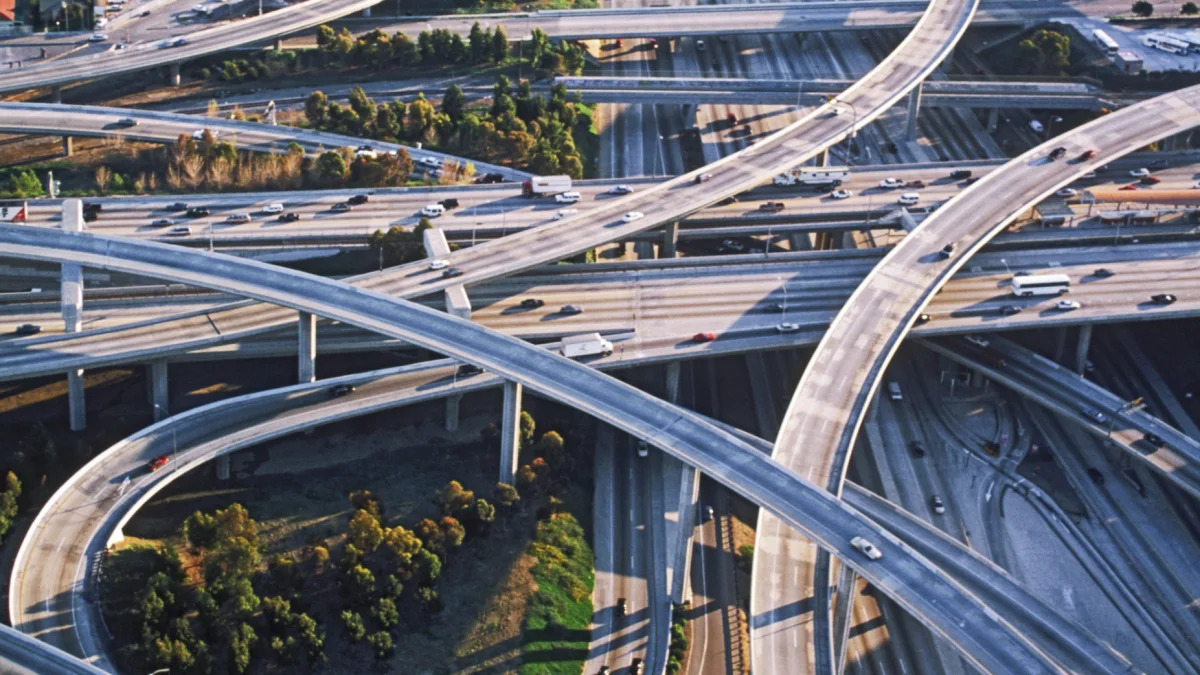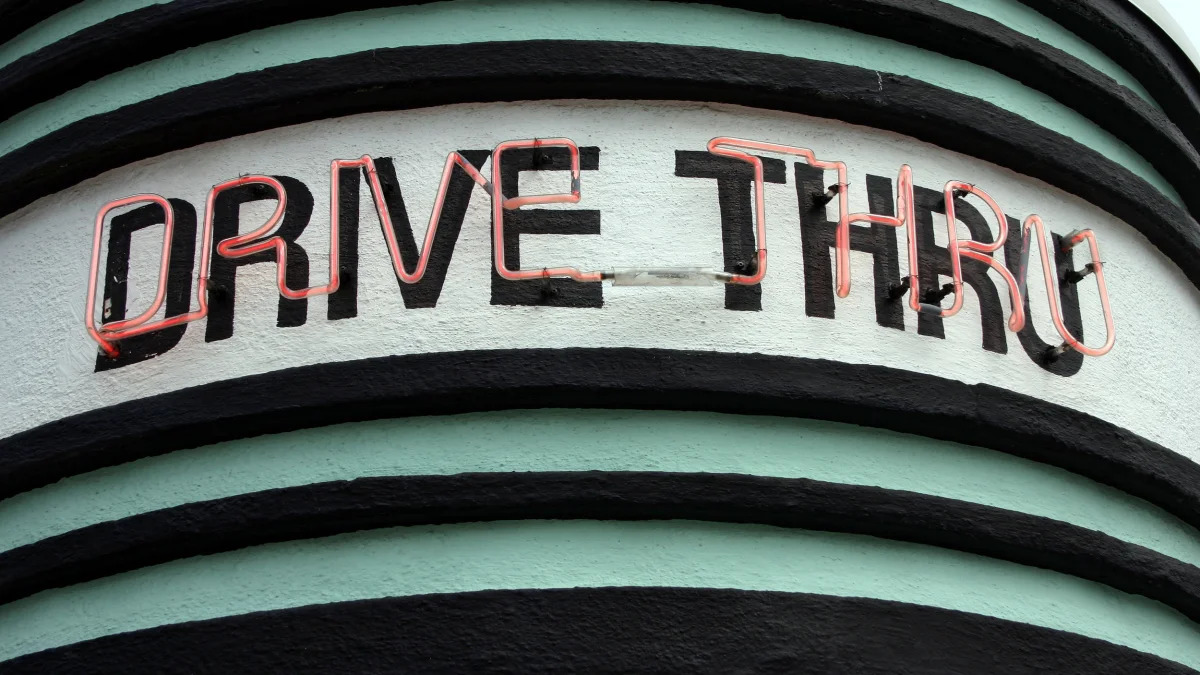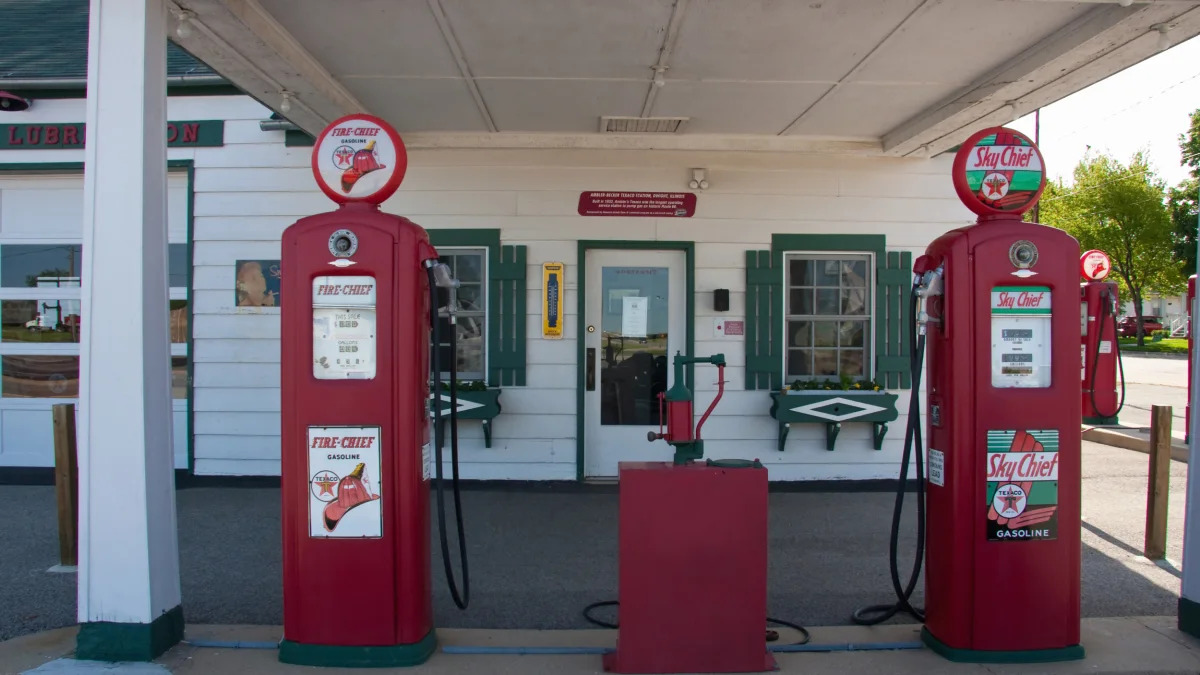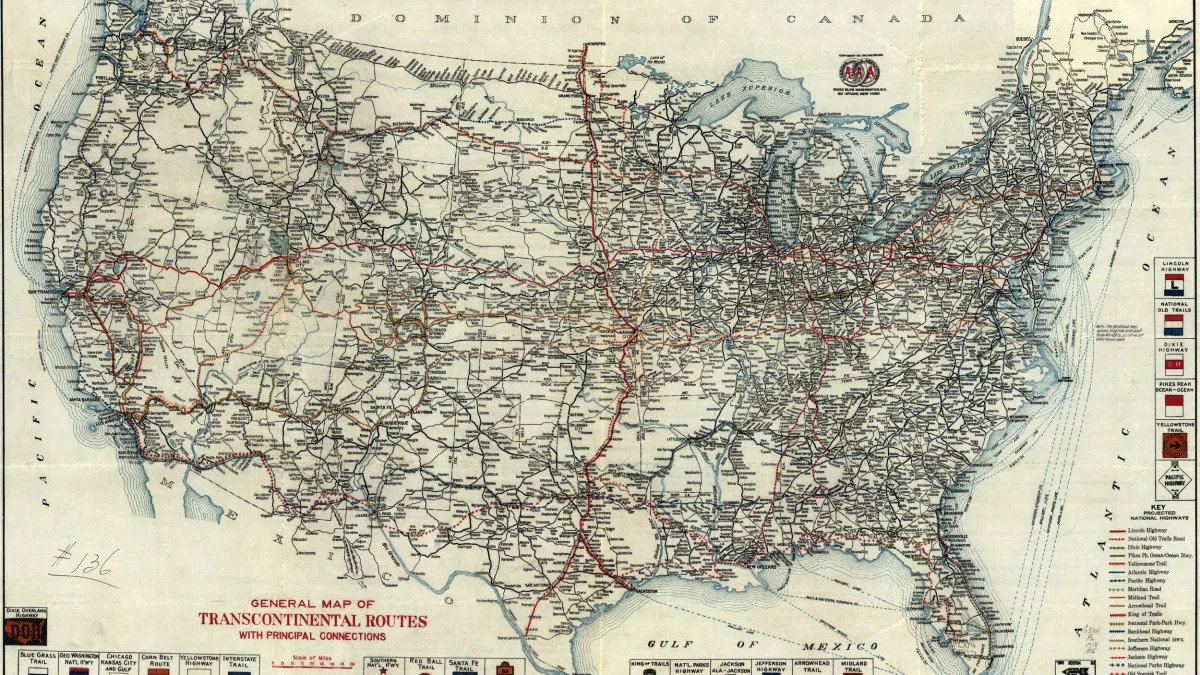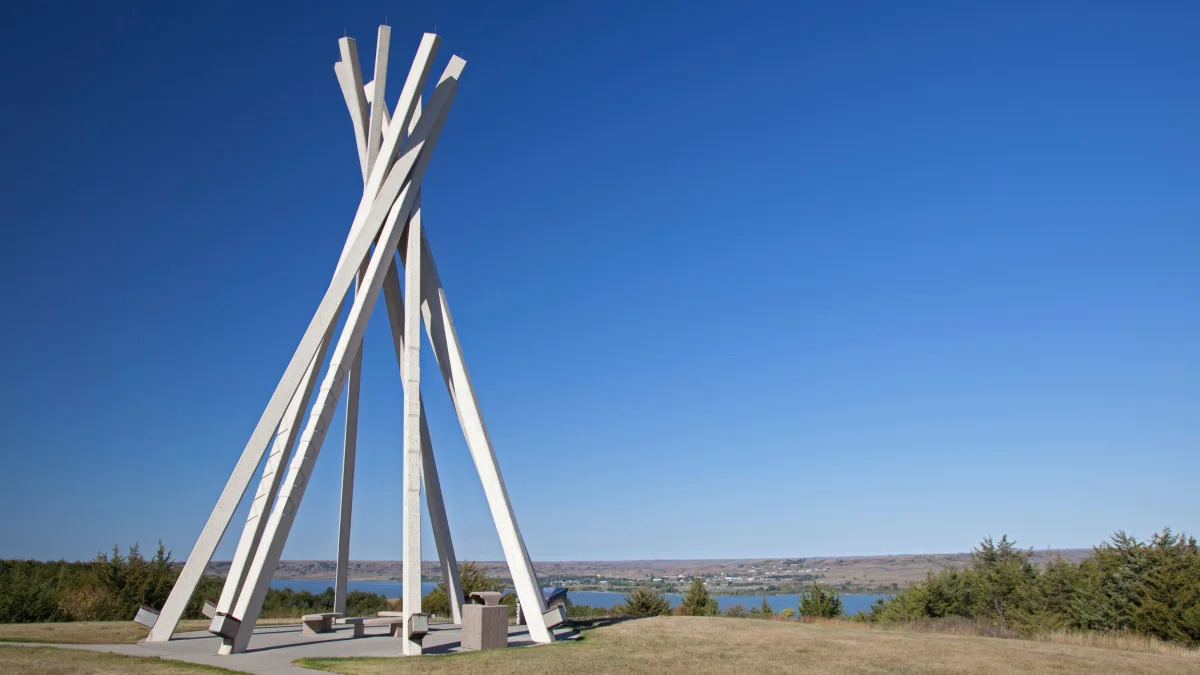How America invented the road trip
Jul 1, 2015

-

- Image Credit: Hemera Technologies via Getty Images
We were on a short road trip, just an hour hike from Detroit to Port Huron, MI, and my German friend Mathias was giddy. He turned on a country station and said this was how he always imagined America. He came for the techno and urban decay, but he what he wanted to see was the open road.
Germany may have the Autobahn, but America grew up around the car. The large expanses of countryside carved up by highways and freeways are just as iconic as any skyline. The American love affair with road travel didn't spring up overnight. Whole industries, technological innovations and federal agencies had to come into being over time. Whether traveling across the country or a few hours from home, there's a lot to appreciate about the way road trips have shaped America. -
- Image Credit: Chad Ehlers via Getty Images
Highways and Freeways
Highways came around as a way to make road trips easier. The US Highway System was established in 1926, when millions of cars were swarming the roads. In the early days roads were terrible even in cities, and rural byways were little more than packed dirt trails or muddy two tracks through fields and forests. Automakers had to lobby for improved driving conditions.
The highway system was part of that push. First, the government labeled important routes, making navigation easier. Highway designations were set up in a grid pattern. Odd-numbered routes run north to south and even-numbered routes run east to west. The famous Route 66 was established as part of the system. Migrants used 66 during the Dust Bowl to travel to California.The interstate freeway system is set up in the opposite order to avoid confusion. With the Federal Aid Highway Act of 1956, President Eisenhower vowed to usher in a new era of safer roads with less traffic jams.The Federal Aid act spurred massive expansion in road building, especially routes for long haul interstate travel. As of 2013, the interstate system included 47,856 miles of road, making it the world's second longest after China. -
- Image Credit: Darin Burt via Getty Images
Drive Thru
When you're on the road and making good time, the last thing you want to do is stop for food. Luckily, there's that old stand by, the fast food joints the cluster around the off ramps of America's interstates. And you don't have to get out of your car.
While people in the '50s were familiar with eating in the car via car hops at drive-in diners, drive-thrus were more rare. Many assume McDonald's was the first restaurant to try this, but the eventual fast food juggernaut was a late adopter. Red's Giant Hamburg was the first place to sell burgers through a window to hungry motorists. It opened in 1947 on Route 66 in Springfield, MO.Red's closed in 1984, but the longest operating drive thru is still in business after 67 years. In 1948 the first In-n-Out in Baldwin Park, CA, opened up. It was a drive thru-only eatery, with an intercom ordering system and no parking or seating. Smaller chains like Jack-in-the-Box and Wendy's adopted the drive thru window early on, but McDonald's didn't jump on the bandwagon until the 1970's. -
- Image Credit: Mike Copeland via Getty Images
Gas Stations
Over 150,000 gas stations exist in America today, but once upon a time there was only one, in downtown Pittsburgh, PA. The Gulf Refining Company opened the first service station dedicated to refueling the car on December 1, 1913. What we think of as the standard gas pump began as a way of delivering kerosene at grocery stores. The pump was first put into use in Fort Wayne, IN, in 1885. Before gas pumps, you had to buy your gas at grocery stores, blacksmith shops, or even pharmacies. You could buy gas in a can, or in an open container. The first pumps held 42 gallons of fuel and used marble valves and a wooden plunger to force the fuel through an upright faucet.
The Gulf station at the corner of Baum Boulevard and St. Clair Street in Pittsburgh was the first built only for cars. It offered free air, water, crankcase service and tires and tube installation. On its first day the station sold 30 gallons of gas at 27 cents per gallon. On its first Saturday, that volume increased to 350 gallons. -
- Image Credit: wikicommons
Road Maps
Check out the crazy map above. That is a AAA atlas of transcontinental routes in 1918, before most roads outside of cites had even a number to label them. The first usable maps with labeled streets came out in the late 1800s, but were for bikers, pedestrians, and carriages in big cities. People traveled long distances by train. Roads outside of major population centers were usually country dirt roads. When Horatio Nelson Jackson completed the first cross-country road trip in 1903 it took him sixty-three days of traveling over rough terrain to go from San Francisco to New York.
As cars became more common, lousy roads and maps became more of an issue. AAA was founded to deal with the map side of those problems. Along with Automobile Blue Book Publishing Company, AAA printed maps which highlighted "good" roads. These maps often included photos of routes to help drivers figure out where they were. The photos still posed a problem, as identifying roads by the surroundings would be useless if the landscape changed. AAA constantly sent out pathfinders to find what routes were safe for cars. Maps improved dramatically when standardization of route names and serious road improvement began in the 1920s. -
- Image Credit: © Jim West / Alamy
Rest Areas
Brace yourself for the high drama of the history of the roadside rest stop. The 1956 Federal Aid Highway Act didn't just set up the freeway system, but also the network of rest stops that line freeways to this day. The feds considered rest areas important safety measure, giving tired drivers a break from hours of travel.
The act called for the rest areas that would be maintained and supervised with bathrooms and areas for picnics. What the act didn't specify is how creative designers could be with the rest stops. These rest stop might be the only contact travelers had with the local culture as they pass through. Many are tailored to the region they're in, such as large tee-pees in southwestern states. Almost all contain some basic information about the state and surrounding area. Some are considered excellent examples in mid-century design and have developed an unusual fan base.
